You may have read my article on the delivery of another First 27 SE right on the same day as my own boat arrived, on spot, 365 days later. Well, the boat is now under commissioning. That means, our technicians and service people in the yard are beginning to ready the boat for the owner. In this, the process of applying a professional antifouling has begun, you may check out another of my articles explaining how we did it on my GEKKO. This article tackles an issue I had during the unloading of the boat … I completely forgot how to raise and lower the swing keel.
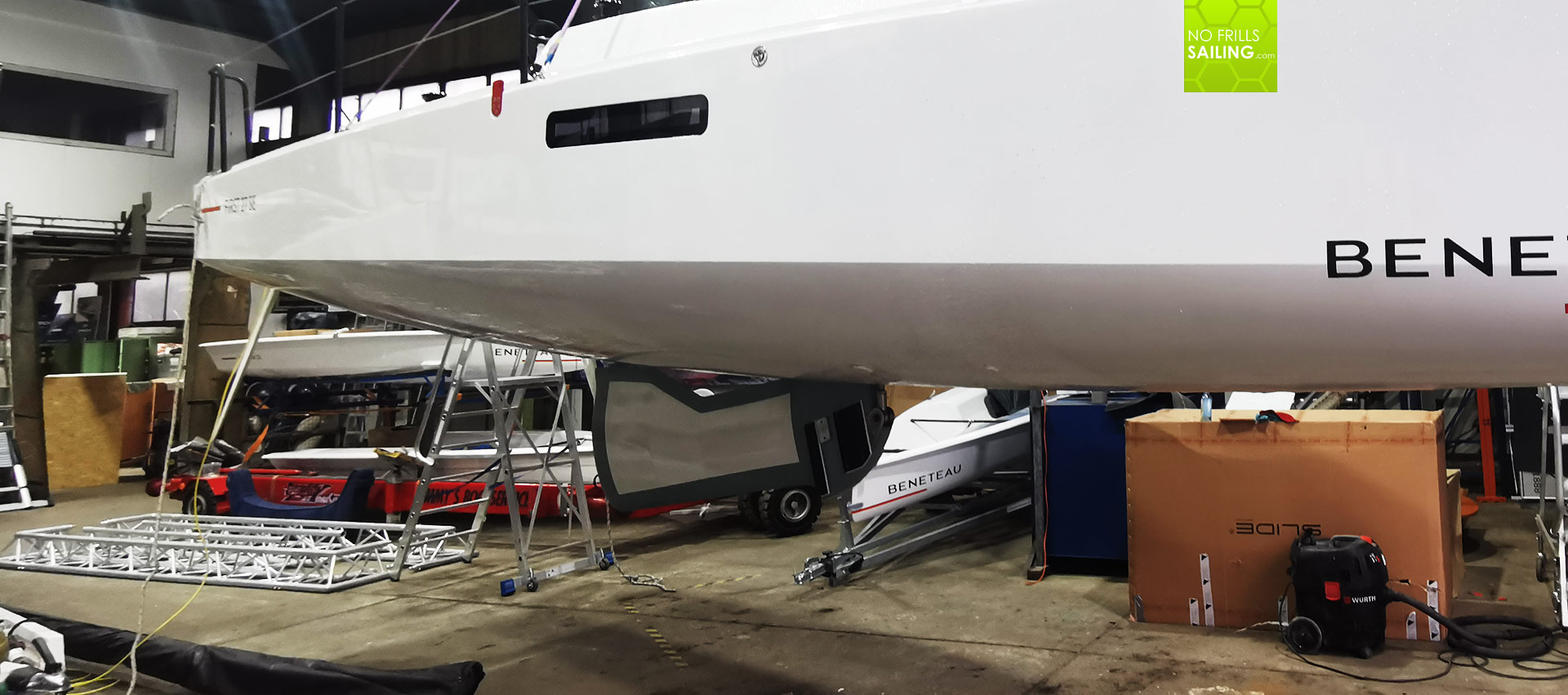
Well, I did not forget how to do it (when ordered, you just have to press two buttons and the electro-hydraulic system will effortlessly raise or lower the keel), but I forget how to do it manually. During transport the keel is lowered, pressure in the system is released so that the keel rests on the trailer. This can only be done manually because the electronic system only “knows” how to fully raise or fully lower the keel. So, after many unsuccessful trials and a seemingly impatient driver, I ran aboard my own boat and rummaged around in search for the owner´s book …
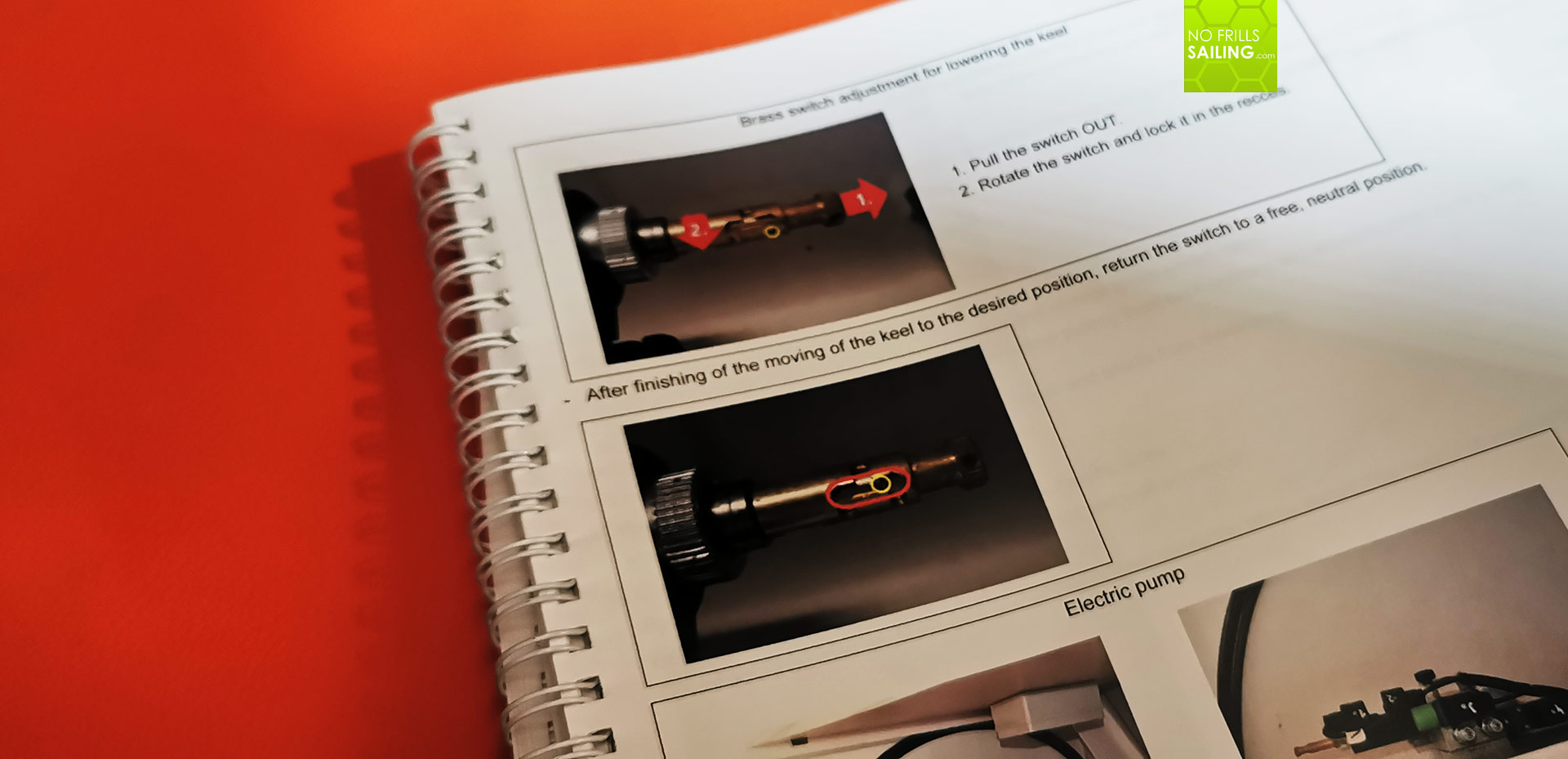
There it was and, of course, the solution was quickly found, I connected shore power as domestic battery was a bit low, switched on the pump and fully retracted the keel. We were able to unload the boat with keel fully raised quickly, the driver was happy to get back on the road for the long drive home to Slovenia and some minutes later the new First 27 SE rested on her new cradles on a brand new trailer. But now I searched for the manual setting to lower the keel onto the trailer … for sure, the owner´s handbook had it and it was just a little turn on a knurl to releasing the hydraulic pressure.
Sometimes a little marking helps …
Now, why am I writing this article? Well, thinking back on my sailing action with GEKKO last year I remember that using the swing keel – seldom, but I used it indeed! – was a no-brainer. To opt for the electric pump system for raising or lowering the keel is a must, from my point of view, as it is a much faster and thus safer way of changing draft. You do not have to go down to pump for an endless time, it´s just pressing buttons and being free again to steer or maneuver. When you enter a shallow anchorage or marina, this saves so much time! But that´s the danger too: You get used to using the buttons and (at least it´s valid for me) you forget how to do it manually.
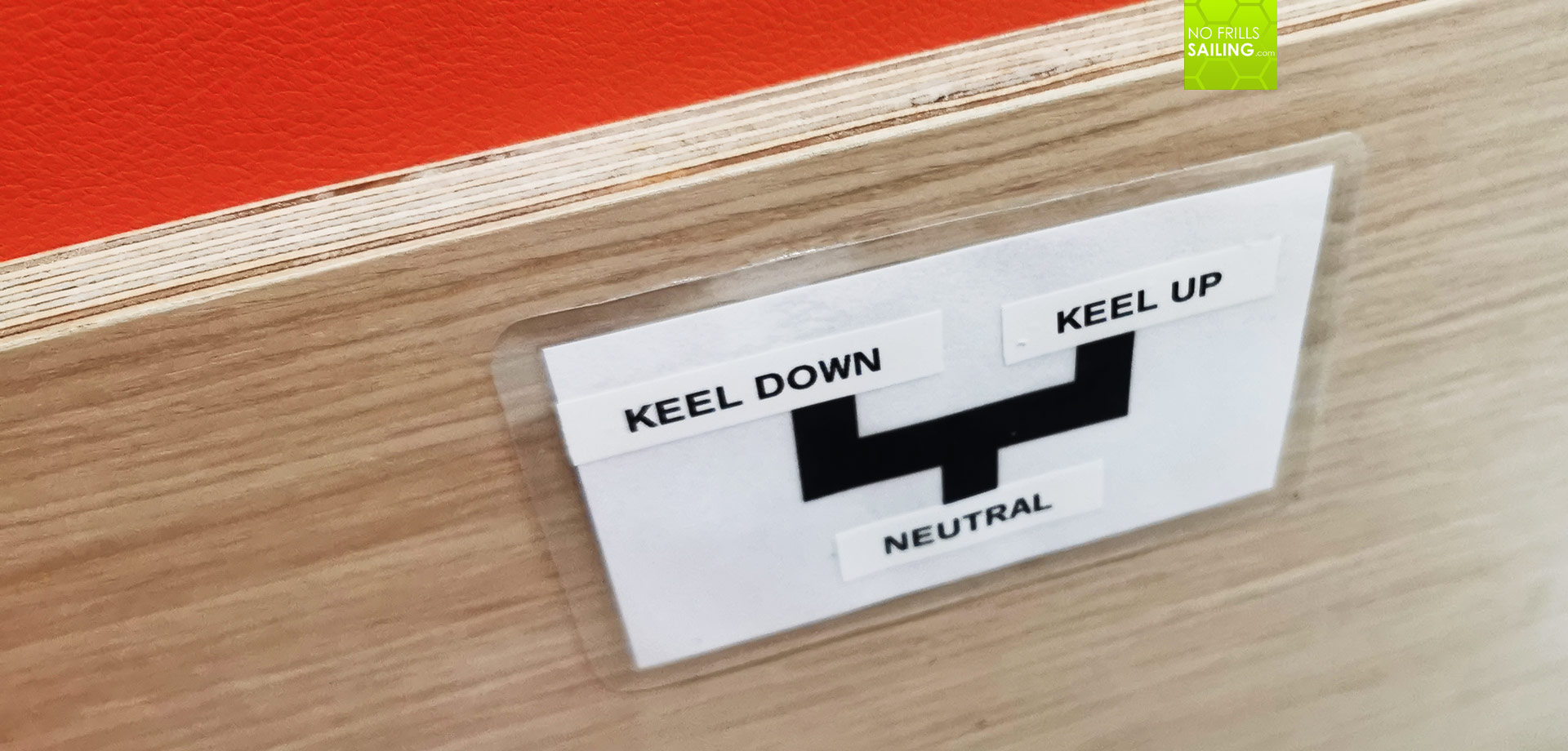
I googled it and found that some other owners have the same “problem”. So I decided to do something about it and leave a note for me. I know many sailors who literally write notes onto their boats, with a permanent marker for example. This looks odd to me, so I quickly made a small label that shows the three settings of the hydraulic switch and thermo-printed (with a Dymo) the marks.
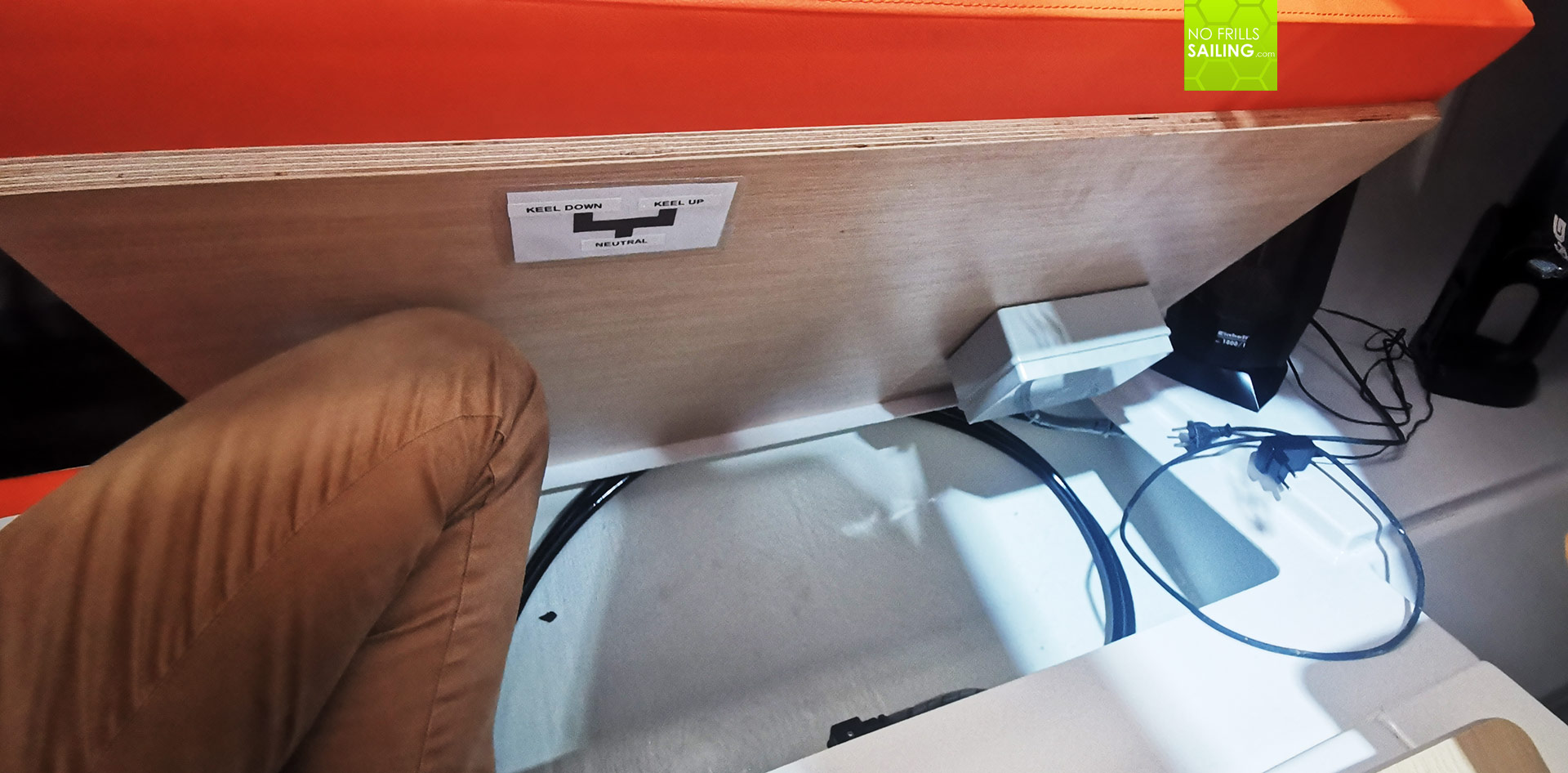
Back in the boat I opened the cover under which the pump and the switch are located and sticked the waterproof-laminated label to the wooden lid. It´s just perfect: It looks nicely (no sloppy handwriting on my boat), it´s big enough to be read quickly – in case of an emergency this can save precious time! – and I do not have to look it up in my owner´s handbook anymore, which also wastes a lot of time. Of course, I made two of these labels and went over to GEKKOs brand new sister ship to attach the other label there. A curtesy to our dear client …
Hydraulics maintenance coming up
Well, this little thingy may not seem worth a full article, but maybe you see the impact it can have. Especially when things must be done quickly or when I as the skipper cannot leave the tiller and the keel needs to be operated by a guest or my kids. Maybe Seascape should fix a sticker there. They also have stickers for emergency exit, fire extinguisher and such, why not for manual operation of the keel as well? Looking at my – one year used – hydraulic system and the brand-new system installed on the other boat, I realized that I should maybe initiate a full scale maintenance of the system – after all, the keel is one of the most important structural parts of the boat.
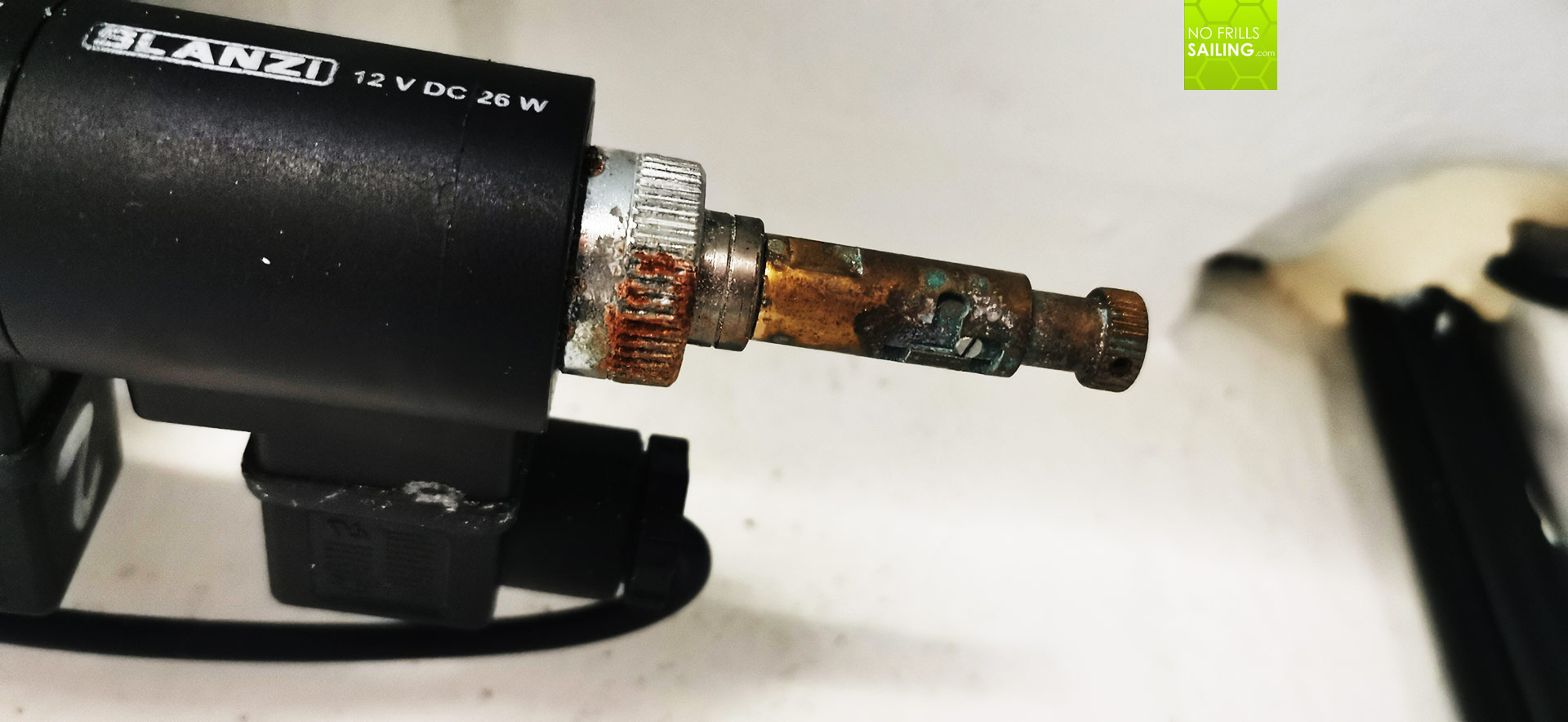
There is a great video on YouTube provided by Seascape extensively covering a pre-season check-up for the First 27 SE (and all other boats built by the yard). This is a good starting point: I am going to watch it, probably several times, and derive a short check-list with items to do, spare parts to buy and things to proceed. For next week I set up an appointment with our hydraulics crack who will walk me through the whole installation: My goal is to fully understand the mechanism, to maintain it and also clean the first patina apparent on the brass switch.
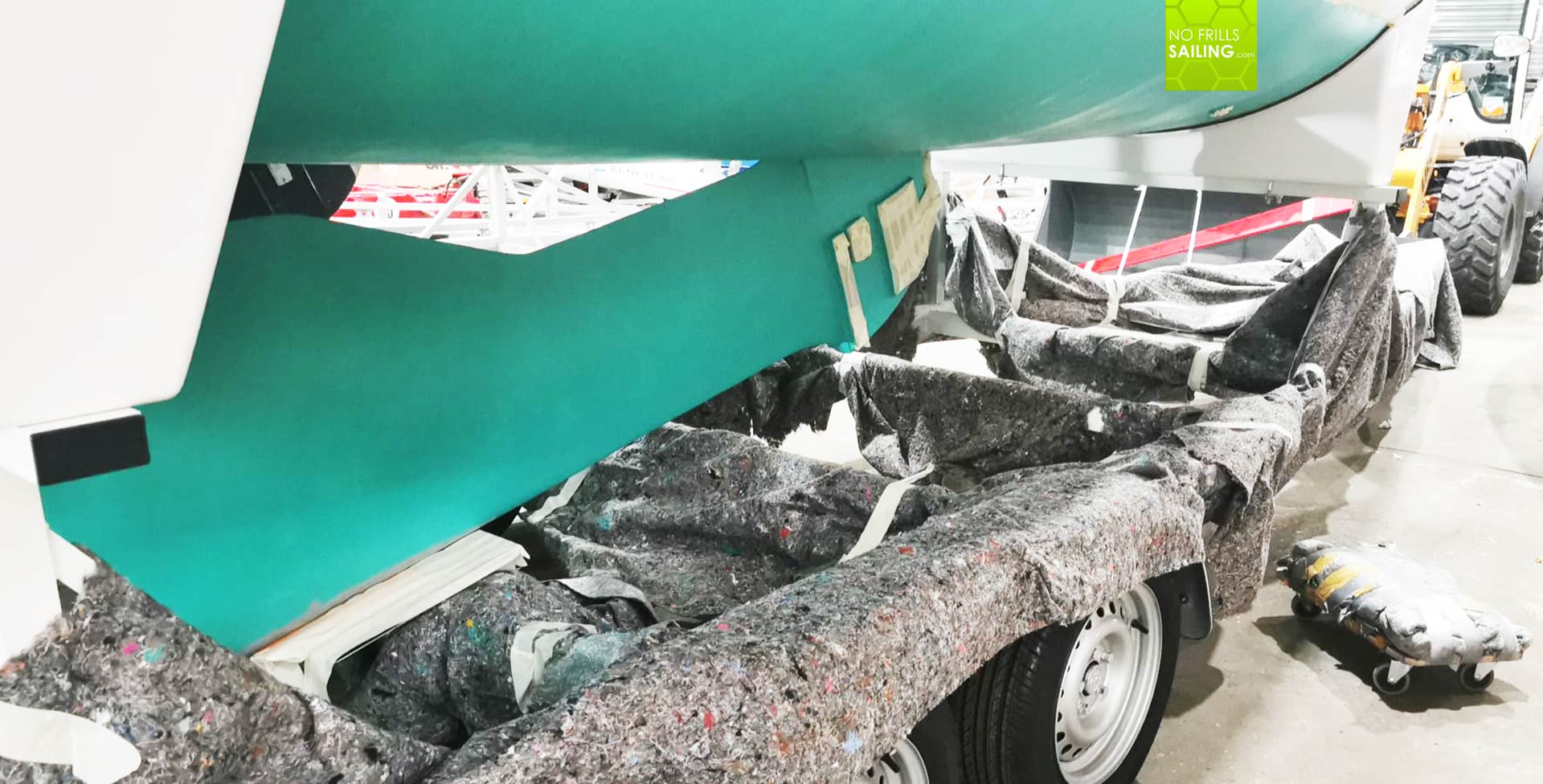
In the meantime, we will have the new First 27 sanded down and coated with antifouling. The engine- and battery-equipment for this boat is already ordered. This will also be an interesting story: Since my boat features the Torqeedo-setup and I have sailed her for one year, I collected valuable experience which we turned into a slightly different propulsion-concept. That´s at least two new articles coming up on the new engine-setup. And maybe some more labels to stick somewhere …
You may also like to read:
Tweaking the sails setup of my First 27 SE
First 27 SE Gennaker Training single handed
From subtle to hard: Maiden voyage of GEKKO
